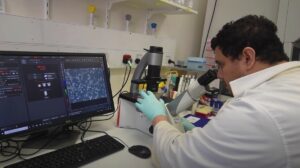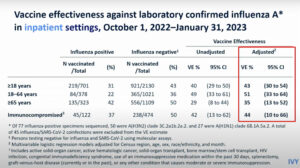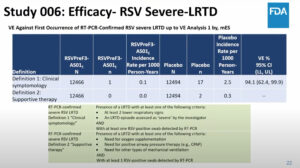NEW YORK (Reuters Health) – Biomarkers of systemic inflammation are independent predictors of mortality, cardiovascular events, and amputation-free survival in patients undergoing lower extremity revascularization (LER), new research shows.
“The addition of these markers improves our ability to discriminate among individuals who otherwise look homogeneous based on clinical data (such as diabetes, age, and the presence of renal failure or coronary artery disease) alone,” lead researcher Dr. Christopher D. Owens told Reuters Health. “Ultimately, medical decisions and aggressiveness of intervention are determined by our ability to phenotype patients in terms of outcomes.”
Dr. Owens, from the University of California, San Francisco, presented his team’s findings Thursday at the 63rd Annual Meeting of the Society for Vascular Surgery in Denver.
They note in their meeting materials that the long-term benefits of LER are limited by cardiovascular complications. To see if postop outcomes were predicable, they studied 225 patients who underwent LER using autogenous vein bypass; 57% of the patients underwent bypass for critical limb ischemia. Subjects with major infection or system illness were excluded from the study.
Biomarkers obtained at baseline, prior to surgery, included high-sensitivity C-reactive protein, vascular cellular adhesion molecule, and interleukin-6.
The median follow-up period was 29 months. Levels of all three biomarkers correlated with each other and with critical limb ischemia, the results indicate. After accounting for age, diabetes, end-stage renal disease, and tissue loss, all of the biomarkers were independently linked to overall and amputation-free survival, particularly in patients with critical ischemia, and with cardiovascular events.
High-sensitivity C-reactive protein was predictive of graft patency on univariate analysis, but the association was weakened after accounting for critical limb ischemia, type of venous conduit, and outflow level.
Regarding areas of future research, Dr. Owens commented that “this study was not powered sufficiently to address the causality of the individual biomarkers. Many of them are highly correlated with one another and, depending which population you select, knock each other in and out of the models. It is still unclear, if any general marker of inflammation would suffice or whether these particular markers are implicated in the causal pathway of these selected adverse events.”




